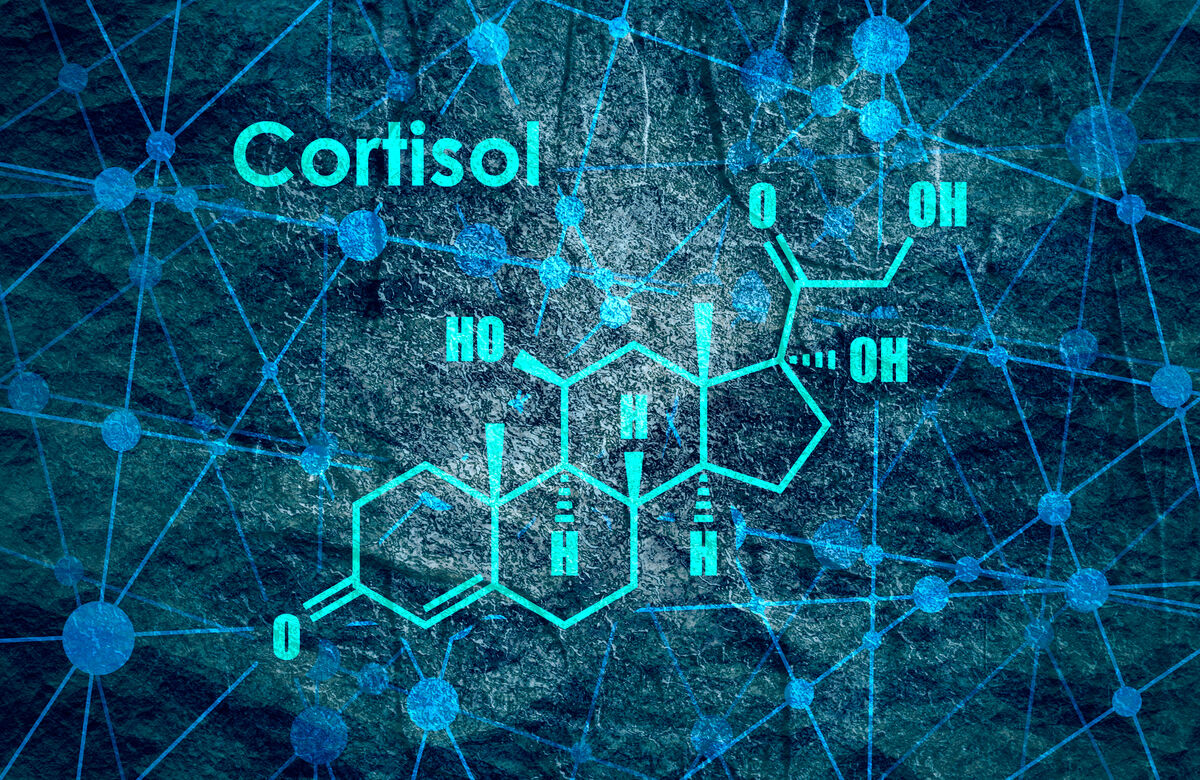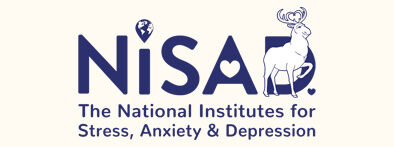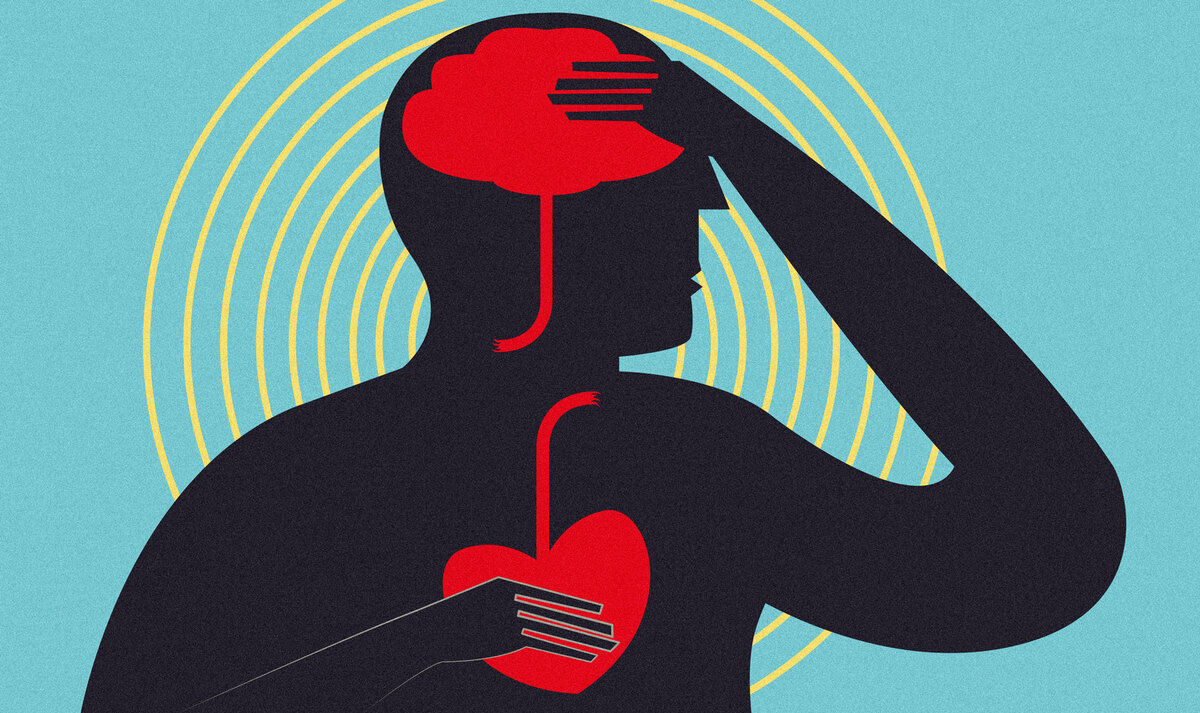The concept of wellbeing is banded about by politicians and life coaches but metrics or tangible measures are rarely given.
Nevertheless we all have a sense of what it means: At its extreme it is the rate of suicide which varies across the world and is strongly correlated to states of mental health and social exclusion. The word stress is common to all these scenario’s and is perhaps best measured by psychological questionnaires at present than anything else. The accusation of subjective evaluation and easily faked always haunts such measures and yet there are real endocrinological and physiological changes that make stress a “physiological” and not just “mental” condition.
The fact that Adrenaline, cortisol and anti-diuretic hormone levels dramatically alter when we are stressed by environmental circumstance resulting in particular behaviours is not at all unusual in the animal kingdom. However, the endocrinological changes are supposed to bring about rapidly adaptive physiological alterations to accommodate the two flight or fight responses are now often not acceptable in modern human society. Life or death situation which require instinctive behavioural decisions are now thankfully rare for us. However, the triggers for these classic stress hormones are plentiful in our life’s : deadlines, targets, bullying bosses, unhappy family life, sexual relationships and our own view of success/failure and social survival illicit the stress responses.
Of course, when the ancient parts of our brain perceive that we are under threat, there is an alternative to the urgent, subliminal decision between fight or flight. Ask any child what to do when a “bogeyman” approaches and they will assure you that the best strategy is to hide.
The problem may be that humans found hiding such an excellent strategy when we lived on the plains of Africa, that we are now wired to carry on hiding however much damage it does to our minds and our bodies. In Biological terms allosteric load has emerged as a concept of accumulated cellular damage as we assault the body with endocrinological and physiological stressors.
Recent studies have shown that anger, depression induce expression of key cytokines (e.g. IL-6, IL-2beta and prostaglandin PGE2) that control the immune system, with adverse effects such as increased autoimmune symptom such as Psoriasis. Even our ability to learn or process information is affected via down regulation of signals such as brain derived neurotrophic factors (BNTF).
The concept of slow burn stress and illness has arisen around psychological assessment and psychologists interest in cortisol and its metabolic effects on the body and memory of emotion surrounding stressful events.

However, in other circumstances Stress can be good,
the rush of adrenaline leads to a sense of excitement and enjoyment. In order to reconcile these observational truths we need to turn to molecular endocrinology. For example a concept sometimes missing in the biological psychology of stress is the molecular biology and processing of pro-opoloidmelanocortin. In the process of pituitary production of corticotrophic release hormone (CRH) the large mRNA pro-opiloidmelanocortin is produced. This codes for not only corticotrophic release hormone but also melanocytes stimulating hormone (MSH) and beta endorphin a missed third player. Cortisol is released from the adrenal cortex after stimulation from CRH, there is time delay in the release and subsequent effect of cortisol on the brain. However, beta endorphin is produced by the pituitary and is proximal to the frontal lobes. This is a short term and immediate effector of a positive emotion linked to the biological reality that beta-endorphin is rapidly released in the brain but also rapidly removed from the blood system. Cortisol is slower to produce and reach its peak levels, but also slower to clear from the blood circulation and body. The interplay between a slow and accumulating biochemical mediator of aversion to a stressor to the mediator of a rapid and very short term mediator of excitement and pleasure leads to our complex and age related emotional responses to stress and sense of well-being.
The measurement of salivary cortisol, BNTF, IL6, IL-1beta, PGE-2 as serial and diurnal pattern markers may be non-subjective indicators of stress as it leads to anger, depression, anxiety psychological traits.
Integration of Biomedicine with Psychotherapy practice
From a purely academic view the ability to test an quantify response is the fundamentals of evidence based medicine. Thus, the ability to measure a biological or physiological marker of stress, anxiety, anger and with reasonable accuracy correlate with the psychological status of an individual is good. This helps support questionnaire response evaluation that are regarded as largely subjective and susceptible to bias/ manipulation. Biological and physiological markers are believed to be unbiased and non-subjective measures. But caution in result interpretation are needed as the observed levels of markers may be due to multiple factors and are not necessarily a linear fit with a single physical or psychological condition/emotional state. This is all too sadly evident by the false 100% accuracy assumptions by the non-experts in polygraph tests, and why Criminal and Civil Courts do not accept polygraph evidence, even at 70-80% accuracy rates, of even reaching a threshold of reasonable doubt in the results.
Thus, on one level the use of biomedicine is yet another evaluation parameter to be used by a clinical practitioner in their evaluation and monitoring of a client. However, there is one more significant beneficial aspect for the psychotherapist. Whilst many drug intervention studies struggle with the placebo effect and their drug therapy efficacy can be largely due to placebo; Psychotherapist can utilise and benefit from the placebo effect of the very act of taking a measurement as a therapeutic tool in client management.

Professor Ray Iles
Head of Biomedical Science at NISAD
BSc in Bioanalysis, MSc in Immunology and PhD in Molecular Pathology


